 Abraham Lincoln
If given the truth, the people can be depended upon to meet any national crisis...
Abraham Lincoln
If given the truth, the people can be depended upon to meet any national crisis...
 Guildford news...
for Guildford people, brought to you by Guildford reporters - Guildford's own news service
Guildford news...
for Guildford people, brought to you by Guildford reporters - Guildford's own news service
Birdwatcher’s Diary No. 68
Published on: 15 Aug, 2014
Updated on: 15 Aug, 2014
By Malcolm Fincham
Thanks to the unabated enthusiasm fellow wildlife enthusiast Dougal, before his friend John and I had the chance to even hesitate I found myself booked on a ferry to the Isle of Wight.
This was Sunday August 3, and the trip was in the hope of viewing the rare occurrence in the UK of a pair of European bee- eaters that had decided to nest at Wydcombe Estate on the south side of island.
Being such a rare event, I looked on the internet in the hope of seeing up-to-date photos of these birds by the usual posse of wildlife paparazzi that turn up on such occasions. Click here for more.
And with very few to be seen it left me with only a slender hope of maybe getting a few pictures.
On arriving at Wydcombe Estate the reasons became more evident as the area had been cordoned off by the National Trust, who were not allowing anyone anywhere near the nest site. Click here for more information.
Our only chance was to watch and wait in the hope that one of the bee-eaters might come into view while out collecting food for its young.
Two hours passed as we patiently waited, with a few of those there having paid good money to travel many a mile and starting to grumble a little that the viewing area was unnecessarily too far from the nest site.
Then, literally out of the blue (sky) one came into view, shortly followed by a second and both calling as they flew.
Joy turned rapidly to concern however as a sparrowhawk suddenly appeared and began to chase them.
Fortunately, they survived the ordeal and settled for a while in a distant dead tree before returning to their nest site with the food they had caught.
On the Following day I returned to Portsmouth, but this time only as far Farlington Marshes, a nature reserve now familiar to readers of my reports.
Also on the theme of recent reports is my continued recent interest in butterflies, with the most noticeable and easiest to photo in the last week or so being gatekeepers.
Large whites could easily be recognised on the wing.
Along with brimstones, which due to their yellow colour it is widely thought the name butterfly has derived.
On the afternoon of August 10, with my sanity once again called into question by my wife and daughter as they dropped me off at the Moat car park at Thursley Common, rain tipped down in buckets with the tail end of Hurricane Bertha passing through.
It wasn’t long however before the sun returned to the sky giving some stunning views of the heathland.
It also turned out to be quite a productive visit with views of redstarts flicking their tails and some making their more plaintive late summer call of ‘wheet’.
A few families of common whitethroat were also showing well.
I also caught sight of a spotted flycatcher moving back and forth high in a pine tree and even a green woodpecker as it tried to disguise itself behind a dead branch.
As the warmth of the sun began to dry out the ground, mainly young but even a few adult common lizards were tempted back out to bask on the boardwalk.
The heathland was certainly at its hight in colour, with young shoots of gorse now recovering from the devastating heathland fire on Thursley Common in 2006. The yellow flowering gorse is now blending with the beautiful purple heather now in full bloom.
My best pictures of the day came when I was pleasantly surprised to catch sight of a wood sandpiper, just feet away from the boardwalk on Pudmore Pond, on passage back to Africa. Click to read more about wood sandpipers.
I was even more pleased that it stuck around long enough for me to frantically load a new battery into my camera as I realised that my camera hadn’t been taking any photos.
It turned out that eventually I got some of my best ever pictures of a wood sand piper, even capturing a few ‘in flight’ shots as it flew across the pond and then rested on the far bank of the pond.
Recent Articles
- Insights: The Band on the Titanic Strikes Up ‘Devolution!’ – Part 1
- Letter: Benefits of New Ash Bridge Are Dubious
- Letter: Unitary Authorities Will Allow More Coherent Planning
- Emergency Work on Embankment to Reopen Guildford to Effingham Line
- Letter: Twas the Night Before Christmas…
- Burglar Jailed Thanks To Quick Action of Ash Resident
- Highways Bulletin for December
- Birdwatcher’s Diary No.318 Some Pre-Christmas Rambles
- Merry Christmas and a Happy New Year to All Our Contributors and Readers!
- More Units Added to Solums’s Station Redevelopment


Search in Site
Media Gallery
Dragon Interview: Local Artist Leaves Her Mark At One of England’s Most Historic Buildings
January 21, 2023 / No Comment / Read MoreDragon Interview: Lib Dem Planning Chair: ‘Current Policy Doesn’t Work for Local People’
January 19, 2023 / No Comment / Read MoreA3 Tunnel in Guildford ‘Necessary’ for New Homes, Says Guildford’s MP
January 10, 2023 / No Comment / Read More‘Madness’ for London Road Scheme to Go Ahead Against ‘Huge Opposition’, Says SCC Leader
January 6, 2023 / No Comment / Read MoreCouncillor’s Son Starts Campaign for More Consultation on North Street Plan
December 30, 2022 / No Comment / Read MoreCounty Council Climbs Down Over London Road Works – Further ‘Engagement’ Period Announced
December 14, 2022 / No Comment / Read MoreDragon Interview: GBC Reaction to the Government’s Expected Decision to Relax Housing Targets
December 7, 2022 / No Comment / Read MoreHow Can Our Town Centre Businesses Recover? Watch the Shop Front Debate
May 18, 2020 / No Comment / Read More




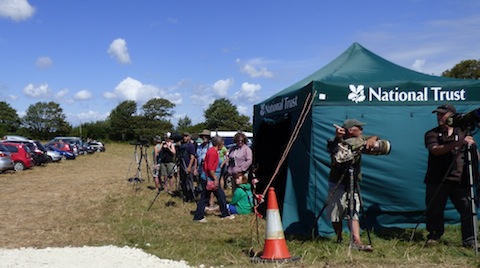
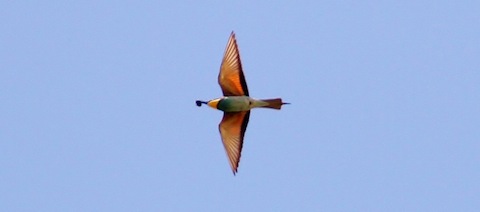
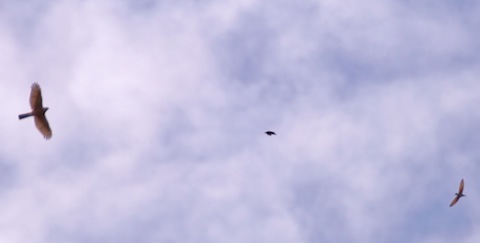
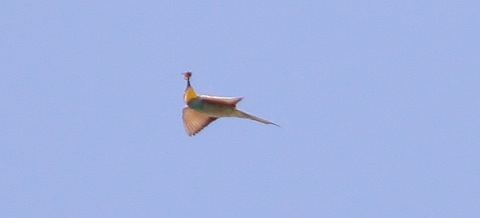
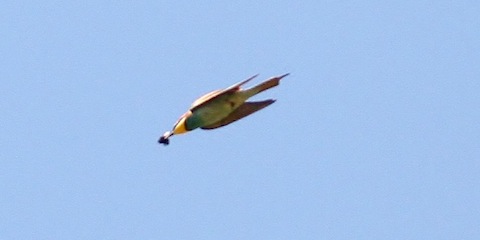
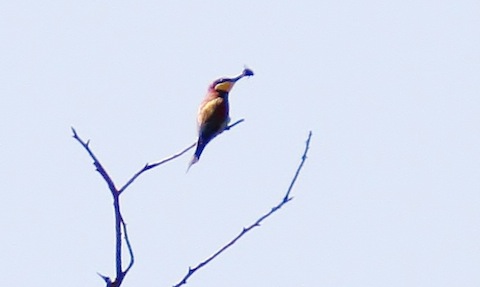
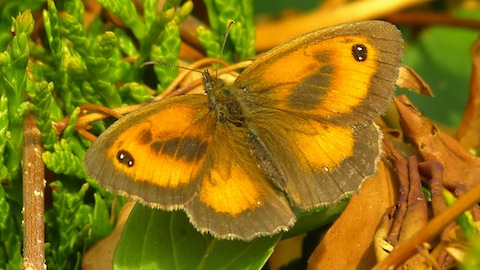
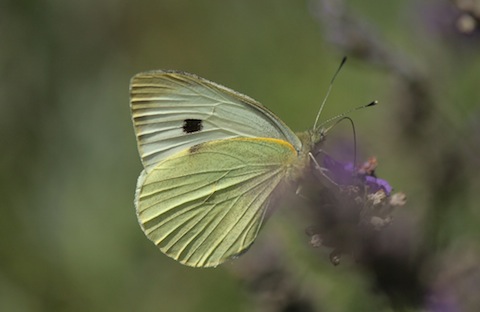

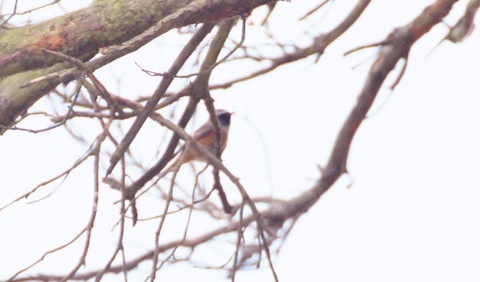

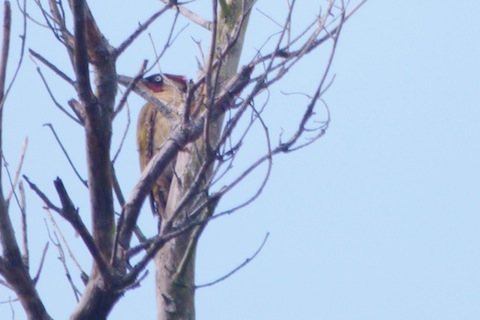

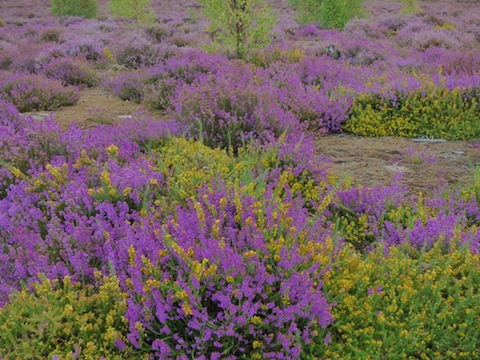
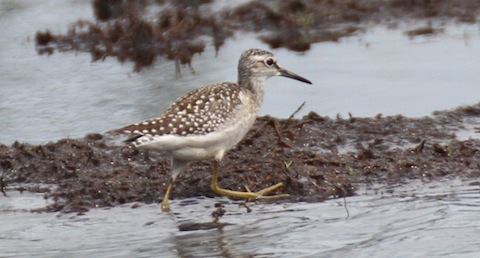

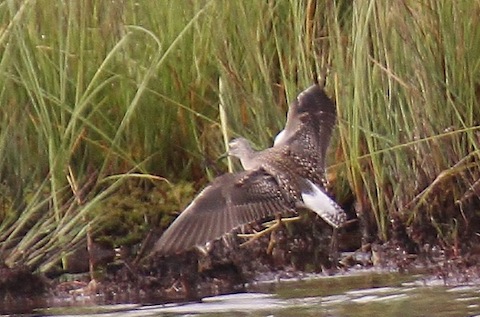








Recent Comments